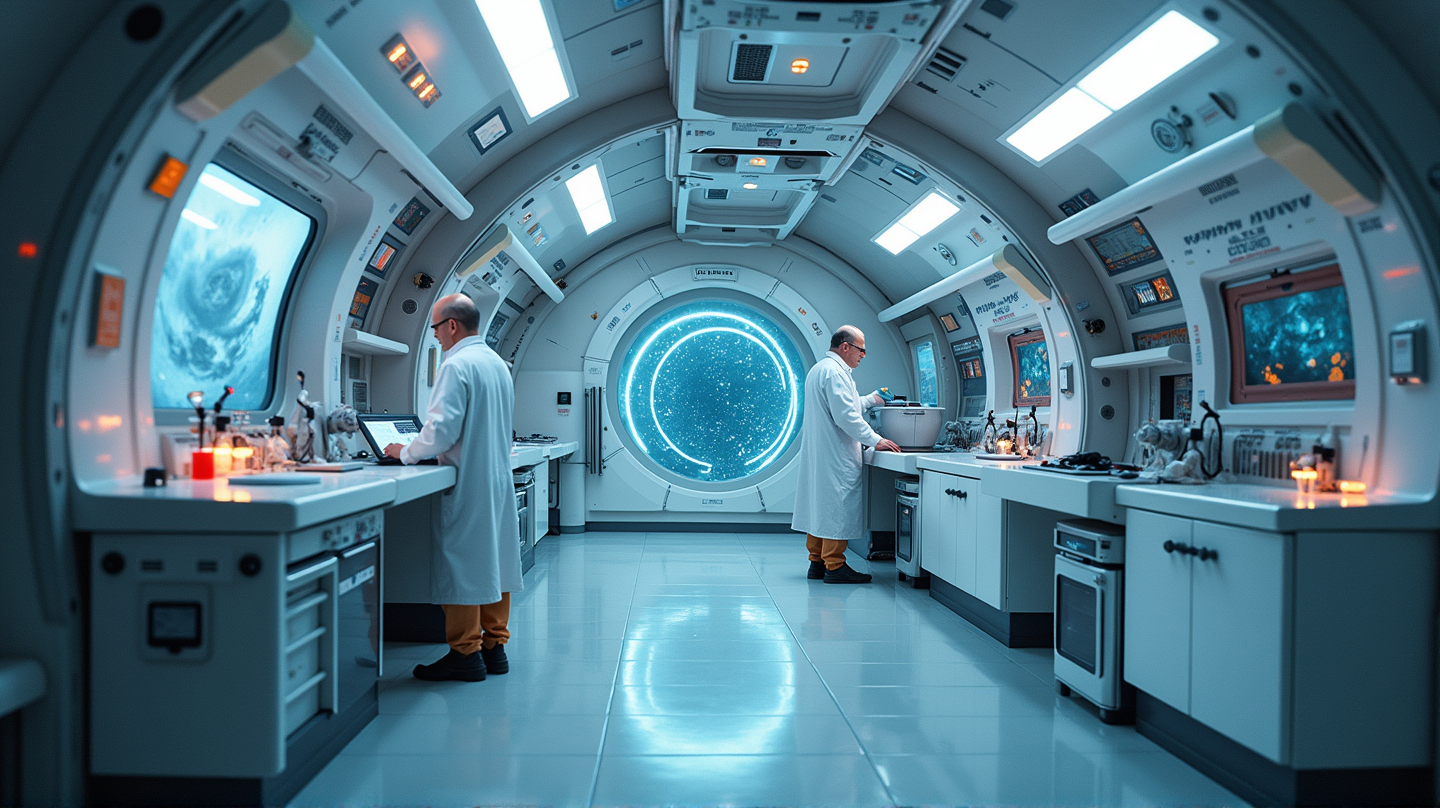Are Spaceborne Bacteria the Next Earthly Threat?
The discovery of Niallia tiangongensis on China's space station raises concerns about its potential evolution and the future safety of space missions.

The discovery of a new bacterial strain, Niallia tiangongensis, aboard China’s Tiangong space station is not just a scientific marvel, but a potential harbinger of new challenges in our journey across the cosmos. While space travel has always harbored uncertainties, the emergence of this bacteria has brought the unexpected to the forefront.
A New Cosmic Adversary
Bacteria thrive in the unlikeliest of places. The Shenzhou 15 crewed mission’s astonishing identification of this microbial strain amid the stars marks a groundbreaking moment in astrobiology. Surprisingly, Niallia tiangongensis has adapted exceptionally well to the hostile elements of space, thriving where few terrestrial organisms could.
What makes this bacteria particularly concerning is its evolution in an environment that forces it to fight against various inhibiting factors. With extreme radiation resistance and its biofilm formation ability, Niallia tiangongensis stands as a testament to the tenacity of life.
Fear of The Unknown
As Niallia tiangongensis continues its silent mission of survival, scientists like Dr. Chen Liyu of the China National Space Administration have voiced urgent caution. Could this be the pioneer of an unseen microbial evolution or merely a fleeting anomaly? The potential consequences could be far-reaching, impacting not only health but perhaps even the very materials constituting our spacecraft.
The Evolutionary Wildcard
There’s a pressing question that lingers: How will these bacteria evolve next? In the vast isolation of space, the path of evolution could take unpredictable turns. With multi-year missions to the Moon and Mars on the horizon, this bacterial hitchhiker might not remain benign forever. We find humanity standing at the precipice of understanding or perhaps confronting a microbial menace that could mutate into a more aggressive form. According to The Express Tribune, these considerations are essential as we forge ahead in space exploration.
Safeguarding Our Galactic Frontiers
In light of these revelations, the pressing need for robust microbial monitoring and stringent prevention protocols has never been clearer. As we brace for the unknown, this discovery underscores humanity’s imperative to preemptively address any threats lurking in the vacuum of space.
The adventure of space exploration is fraught with incredible potential and profound mysteries—one of which may be unfolding quietly on the stainless steel surfaces of the Tiangong space station. This enigmatic bacteria, Niallia tiangongensis, might just be a small step for microbes, but a giant leap into understanding the brave new world of spaceborne threats.

